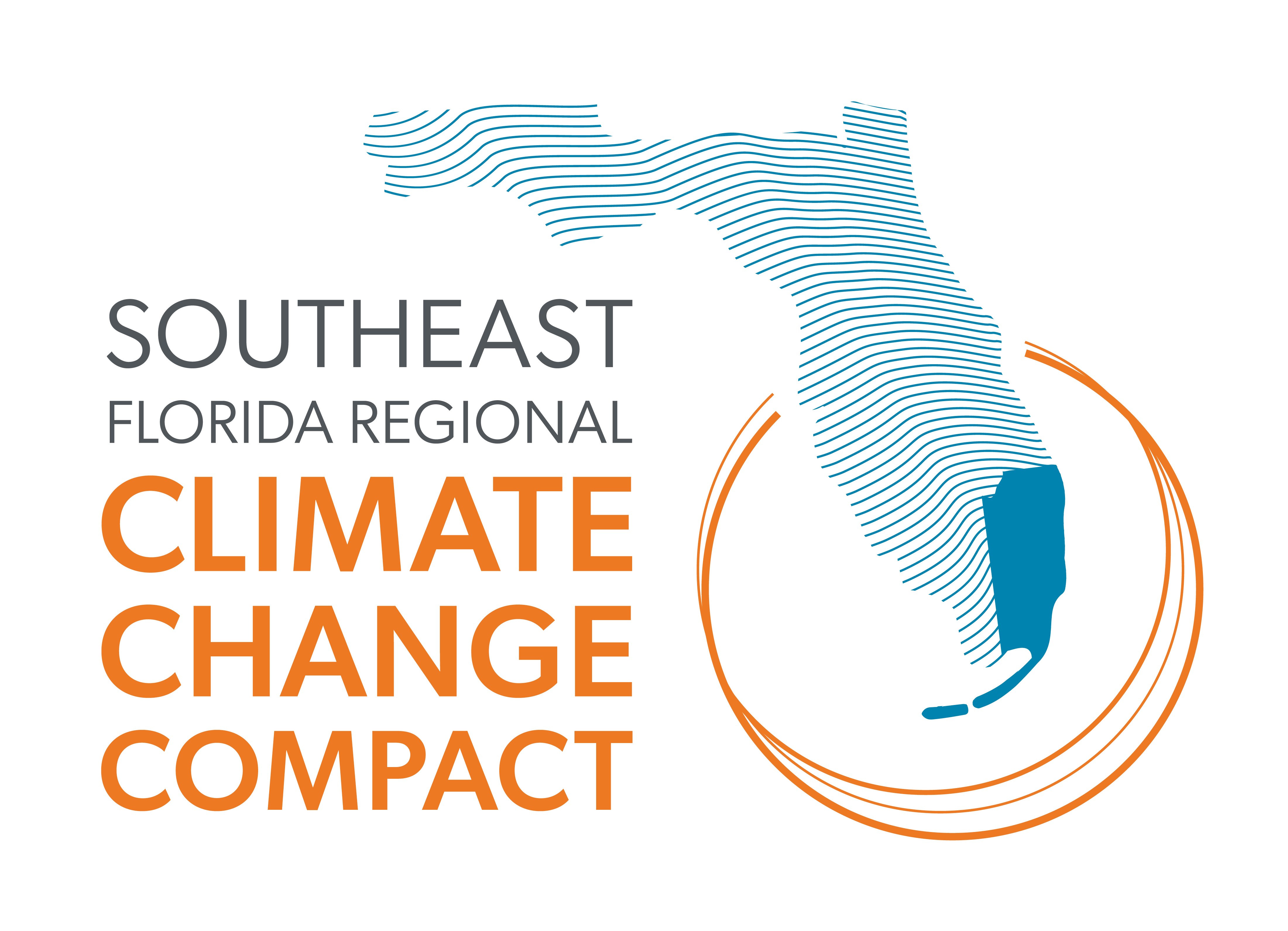Advance the use of green infrastructure, nature-based solutions or hybrid infrastructure approaches at the regional scale.
STRATEGIES
NS-5.1 Expand the use of green infrastructure, nature-based solutions or hybrid infrastructure approaches as a best practice when advancing resilience initiatives and projects. These include but are not limited to the use of living shorelines; green or hybrid infrastructure for stormwater management, flood attenuation and water quality improvements; urban green space for mitigating heat; coastal habitat protection and restoration for erosion control and coastal risk reduction; coastal and marine ecosystems or “blue carbon” for carbon sequestration and storage.
IMPLEMENTERS: local governments, regional agencies, non-profit organizations, water utilities, SFWMD
STATE/FEDERAL PARTNERS: FDEP, FWC, USACE
NS-5.2 Conduct localized studies, research and monitoring, and develop appropriate methodologies regarding the opportunities for natural systems, nature-based solutions and hybrid infrastructure to support climate resilience, adaptation and carbon reduction goals within the region. Determine under which circumstances and conditions nature-based and hybrid infrastructure approaches are technically feasible and develop intensity-duration-frequency curves to demonstrate the level of flood attenuation possible based on design storm events. Such studies should also include quantifying risk reduction, sequestration, water quality and other benefits and recommendations for appropriate application of use. Consider short-term and long-term benefits within such methodologies. Ensure projects of multiple scales are evaluated. Develop a business case that accounts for the return on investment, community cost-savings and other socioeconomic factors.
IMPLEMENTERS: non-profit organizations, academic institutions, private sector
STATE/FEDERAL PARTNERS: FDEP
NS-5.3 Identify specific locations and general conditions that could utilize living shorelines in place of, or in combination with, seawalls, as well as other nature-based approaches. Create a shoreline characterization map for tidally influenced waterways.
IMPLEMENTERS: non-profit organizations, local governments, academic institutions,
STATE/FEDERAL PARTNERS: FDEP
NS-5.4 Develop regulations that incentivize the use of nature-based approaches where feasible and streamline the regulatory and permitting environment to facilitate use. Make any necessary updates to various local and regional plans to ensure alignment and reduce potential barriers to facilitate the expanded use of nature-based solutions. Plans that should be reviewed include, but are not limited to, comprehensive plans, land use plans, stormwater master plans, hazard mitigation plans and transportation plans.
IMPLEMENTERS: local governments, regional agencies
STATE/FEDERAL PARTNERS: FDEP, FWC, FDOT
NS-5.5 Advocate for the inclusion of nature-based solutions in grant programs.
IMPLEMENTERS: local governments, regional agencies, non-profit organizations, advocacy organizations
STATE/FEDERAL PARTNERS: FDEP, EPA, NOAA, FEMA
NS-5.6 Develop long-term maintenance manuals for green and hybrid infrastructure, inclusive of specifications for green and hybrid infrastructure.
IMPLEMENTERS: local governments, regional agencies, non-profit organizations
